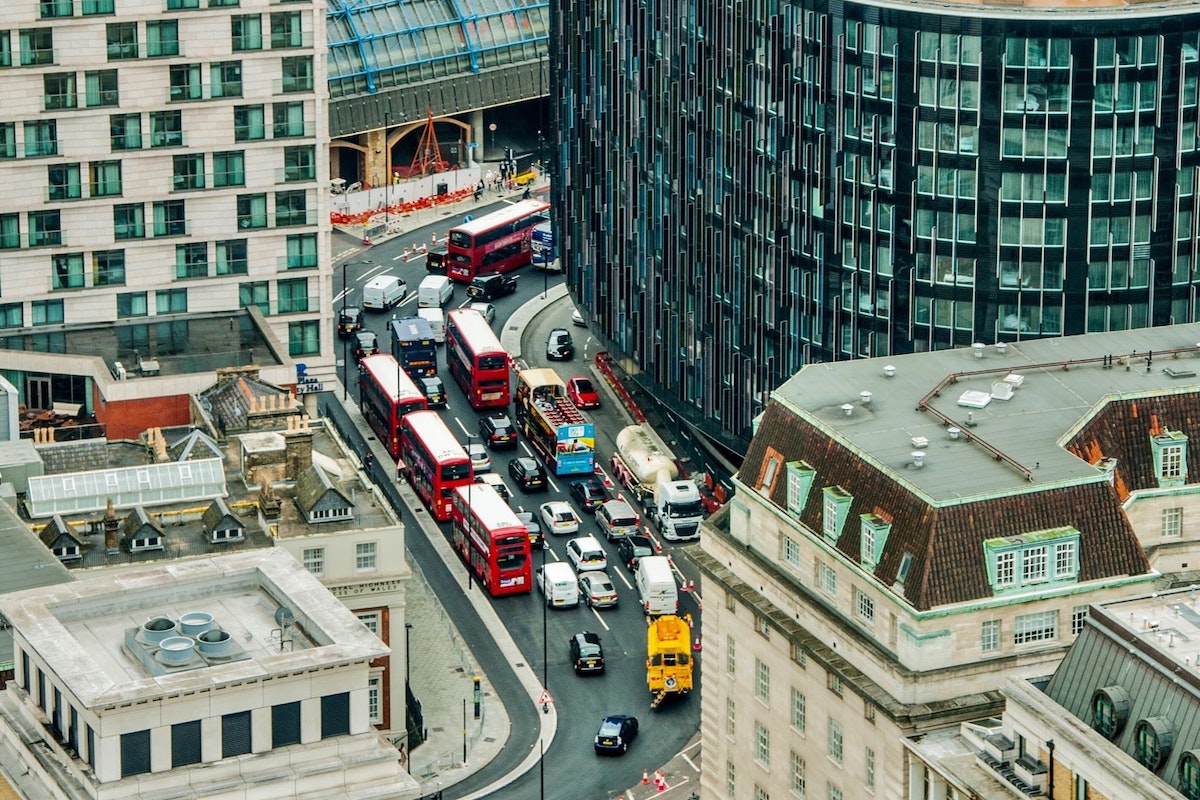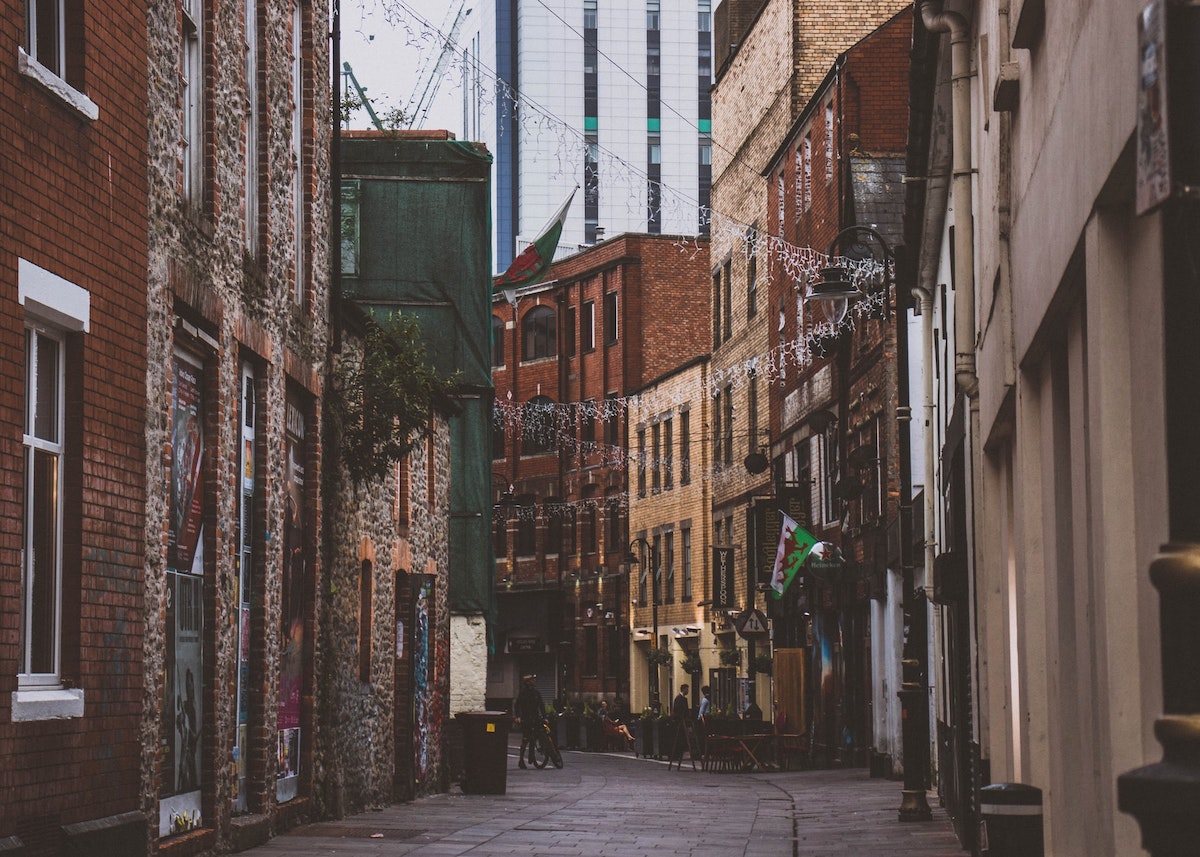Creating a More Flexible, Accessible Public Transport System: Opportunity and Inspiration
Most would agree that public transport should reach enough people, sufficiently meet their mobility needs and generate significant ridership. But in many cities these goals are only being met within a fairly fixed interpretation. Fixed routes, fixed stops and fixed timetables have resulted in rigid systems, creating a distance between between people and their mobility options and, combined with the typical approach of high-capacity vehicles, making it harder for urban authorities to change or expand their public transport offering.
Pointing this out is a bit of an exercise in stating the obvious. There are reasons why buses aren’t two-seater, and why routes don’t zig zag down every street on their way to the city centre. Efficiencies are needed, both to create economic and logistical viability but also a service which meets people’s core need of getting somewhere in an acceptable manner.
But demand for a more flexible approach exists, with some city governments sharing an ambition to create more compelling public transport offerings. Edinburgh is one such city. Earlier this year, the Scottish capital published its mobility plan for 2030, home to numerous sustainable mobility goals, including “greater use of the public transport network”, achieved through “more flexible services” and “improved accessibility.”
The opportunity of introducing something more nimble has been spotted by the private sector and others, offering inspiration for Edinburgh and any city with similar goals, to make a flexible and accessible operating style a core component of its public transport.
BB1 – Black Buses

After initially piloting a “smaller, nimbler” and privately-run bus service in central London, public transport data company Citymapper eventually launched a service turning the city’s iconic black cabs into 5 seater minibuses, or black buses, as the company referred to them. Data from from journeys planned by its app users suggested a key route in London was poorly served by the city’s formal public transport, so the firm saw an opportunity and stepped in.
Service Style
- Fixed route
- No fixed stops, allowing passengers to get on and off anywhere
- Operated during peak hours only
- Booked and paid via app
- Independent of government-provided public transport
Though pitched as a private sector opportunity, it apparently wasn’t compelling enough, with the service ending less than two years after launch.
Uber Pool

Perhaps a more familiar private sector shared mobility service, Uber Pool operates in cities across the globe, with the cost to passengers reduced compared to travelling in a private Uber ride.
Service Style
- Pick-up and drop-off points selected by passenger
- Flexible route, allowing the driver to pick up others following similar routes
- Booked and paid via app
- Independent of government-provided public transport
Though still theoretically part of the company’s mobility offering, at the time of writing the impact of COVID-19 has seen the service suspended in many cities.
Bwcabus

Bwcabus is a government-funded service in Wales which offers an innovative approach for sparsely populated areas. Medium-sized buses, designed for easy physical accessibility, run traditional fixed routes with an additional flexible service operating.
Service Style
- Fixed destination, flexible route
- Bookable within a defined region, allowing pick ups from home
- Booked by phone, cash payment on the bus
- Part of the government-provided public transport offering
By connecting sparsely populated villages with town centres, the service gets people to hubs of cultural and economic activity as well as ongoing transport connections.
Minibus Taxis

The South African minibus taxi is the approach arguably of most relevance. These small vans typically seat up to 15 people and, due to the spatial legacy of apartheid, mainly connect non-white populations living in outer areas with the city centre, where economic opportunities or ongoing transport connections are more likely to be located. Known as informal public transport, they operate without government endorsement or funding.
Service Style
- Fixed destination
- Semi-fixed route, allowing flexibility to take the most profitable route
- Operates all day, highly variable frequency
- Hailed service, paid by cash
- On-demand pick up and drop off, impacted by route flexibility
- Independent of government-provided public transport, but the most-used public transport mode
Though flexible and accessible when considering its reach in peri-urban areas, elements of the service are imperfect. Variable frequency impacts those who travel at untraditional hours and lack of operational information can create complexity. Additionally, the financial model encourages dangerous driving, with revenue directly based on passenger turnover.
Creating Contextually-Appropriate Flexible, Accessible Public Transport
Edinburgh’s mobility goals are shared by other cities with rigid public transport offerings. A flexible, accessible and contextually appropriate system could increase ridership through a wider geographical reach, improved physical accessibility, and viability in areas of lower population density. Though none of the solutions above are ideal for exact replication, something can be learned from each.
Integrated: Formal integration with the wider public transport network introduces requirements beyond profit, with a government role mandating an operating goal of social enablement. Even if the reality of the modern urban public transport offering is more of a fusion of public and private, it still ultimately remains a public service with social obligations.
Journey planning and payment: Integration also means ease of information access, enabling passengers to plan their complete journey through one source and pay for it using one ticket, ideally a smart ticket (something no city has yet to do with the service style proposed here).
Coverage in lower population areas: South Africa’s minibus taxi network shows that areas of lower population density, often poorly-served by high capacity, fixed route options can be reached in a financially viable manner by a lower capacity, flexible approach. These areas should be the priority, at least initially, of a supplementary flexible, accessible public transport service.
Bookable: A bookable service would combine the advantage of wider reach with improved physical accessibility. Picking people up from specific locations, such as their homes, would mean public transport becomes a viable option for those with physical accessibility needs that previously weren’t met.
Fixed points, flexible routes: Routes could serve a defined area, with fixed start and end points for passenger clarity. End points could be in the city centre, but a lower capacity service would also be suitable for routes that solely connect outer regions – an operating style which is typically not part of public transport systems which focus on getting people in and out of the city. Fixed mid-points on the route would allow the service to be hailed as well as connecting with exchange points like train and tram stops.
Digitalised: digitalised route information and payment options benefit passengers, but digitalisation also offers benefits to the city. Trends in bookings, ridership, and route variations could demonstrate potential for permanent, higher capacity services, giving the city valuable insight as its network evolves in the future.
Launching a hybrid flexible, accessible public transport model which takes the best of each of the above examples could allow Edinburgh, or any city with similar ambitions, to create a more flexible and accessible public transport system. This approach could reach more people, including those previously unable to access the service, achieve greater ridership, and play a crucial part in creating a more sustainable urban future.
This post is based on a presentation I gave to the Academy of Urbanism and the discussion which followed. Thanks to those who contributed and the Academy of Urbanism for hosting. You can watch my talk in the video below.
Photos: WhereIsMyTransport, Citymapper, Bwcabus, Priscilla du Preez


